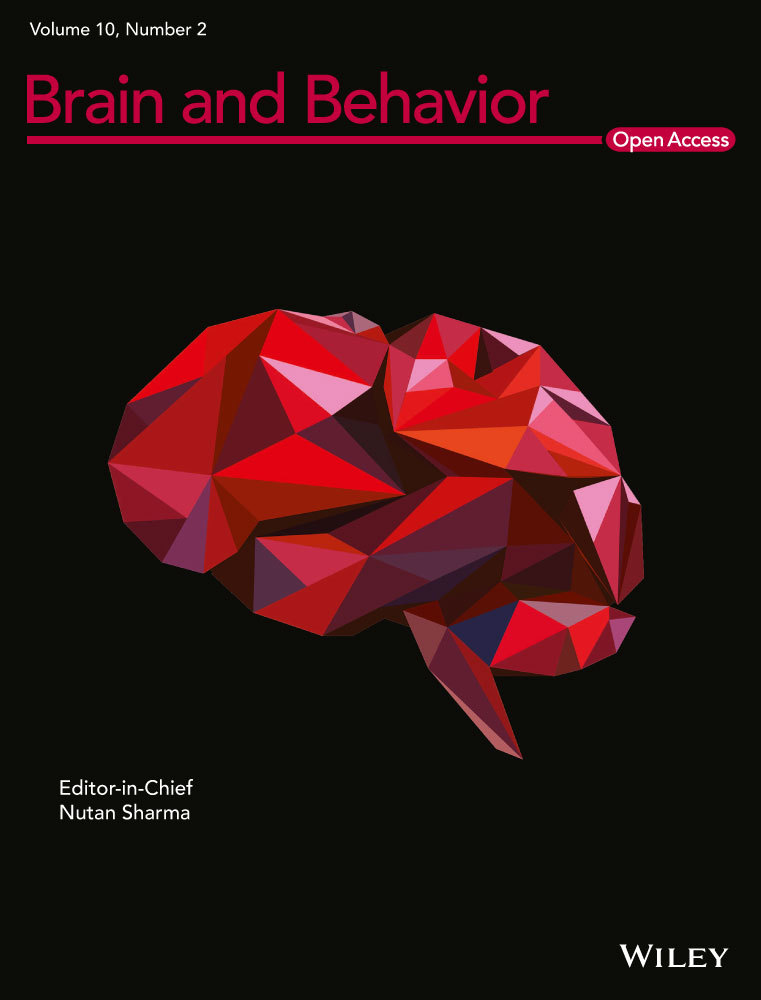Involvement of dopamine D3 receptor and dopamine transporter in methamphetamine-induced behavioral sensitization in tree shrews
Funding information
This work was supported by the National Nature Science Foundation of China (No. 81660310, No. 81960340, and No. 81560303), the Scientific Research Fund of Education Department of Yunnan Province (No. 2018Y043), the Postgraduate Innovation Project of Kunming Medical University (No. 2019S077).
Abstract
Introduction
This study aims to establish a methamphetamine (METH)-induced behavioral sensitization model using tree shrews, as well as to measure the protein expression of the dopamine D3 receptor (D3R) and dopamine transporter (DAT).
Methods
Forty tree shrews were equally and randomly divided into four experimental groups: those administered with 1, 2, and 4 mg/kg METH and a control group (treated with an equal amount of normal saline). Each experimental group was repeatedly exposed to METH for nine consecutive days to induce the development of behavioral sensitization, followed by four days of withdrawal (without the METH treatment) to induce the transfer of behavioral sensitization, then given 0.5 mg/kg of METH to undergo the expression of behavioral sensitization. Altered locomotor and stereotypic behaviors were measured daily via open-field experiments during the development and expression stages, and weight changes were also recorded. Then, the Western blot method was used to detect the expression levels of D3R and DAT in three brain regions: the nucleus accumbens, prefrontal cortex, and dorsal striatum 24 hr after the last behavioral test.
Results
METH administration augmented motor-stimulant responses and stereotypic behaviors in all experimental groups, and stereotypic behaviors intensified more in the groups treated with 2 and 4 mg/kg METH. Motion distance, speed, and trajectory were significantly elevated in all experimental, however, METH at 4 mg/kg induced more stereotypic behaviors, decreasing these locomotor activities as compared with the 2 mg/kg METH group. 2 and 4 mg/kg METH significantly upregulated and downregulated D3R and DAT expression levels, respectively, in three brain regions, and these changes are more pronounced in 2 mg/kg METH.
Conclusions
These results indicated that this animal model may be used to study the neurobiological mechanisms that underly the development and expression of behavioral sensitization to METH. Deregulated D3R and DAT expression may be involved in the METH-induced behavioral sensitization.
CONFLICT OF INTEREST
The authors declare no conflicts of interest.
Open Research
DATA AVAILABILITY STATEMENT
The data that support the findings of this study are available from the corresponding author upon reasonable request.




